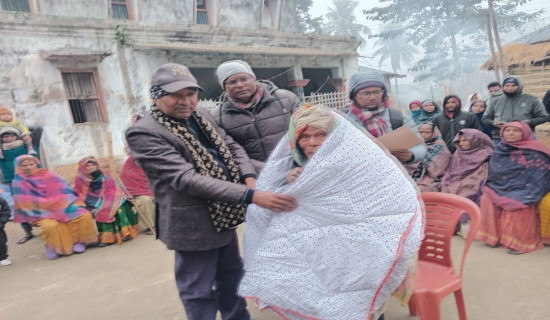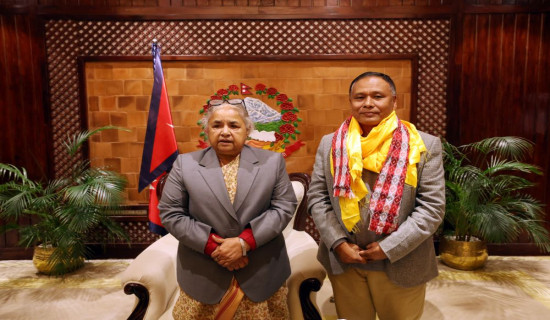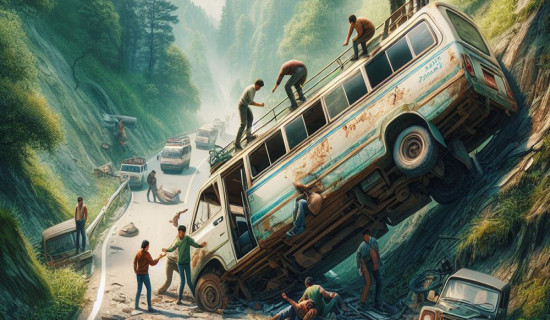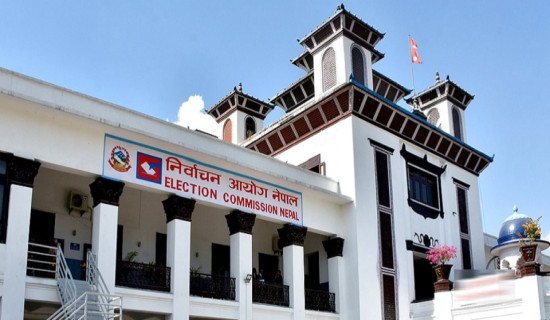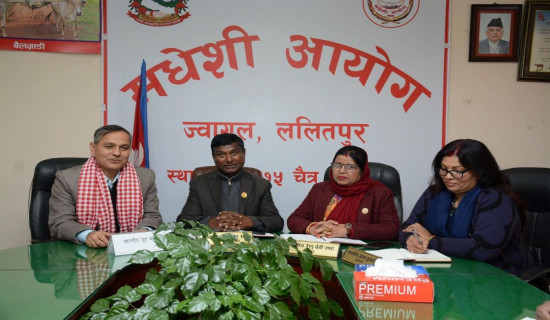- Wednesday, 7 January 2026
TikTok Returns
With the Nepal Telecommunications Authority instructing all mobile and internet service providers on Friday to lift the 10-month-old ban on TikTok, the government has scrapped the restriction imposed on the popular social media app. Disruption to social harmony was cited as the reason behind the ban. TikTok’s popularity soared in Nepal in the wake of COVID-19 pandemic, reaching over two million active users. At the time, the news of ban elicited mixed responses from Nepalis at home and abroad.
While some happily welcomed it as the need of the hour for freeing themselves as well as their time off the claws of the highly addictive app, others likened it to a regressive step aimed at curbing free speech – in the name of safeguarding social harmony – that boded ill for the country's image of liberal democracy. There were also accusations that, since many users vent their anger and frustration at the government and mock the political leaders through it, the government couldn't tolerate it and saw it as a threat to social order.
Nonetheless, Nepal is far from being the only country to have taken that measure. Over a dozen countries have similarly banned it, some intermittently. While the ban by some Western countries was said to be on 'security grounds' or for 'geopolitical reason', the rationale in our case is entirely different: disruption to social harmony, as clarified by the government preceding the present one. Nepal Police data shows thousands of cases of TikTok-related cybercrime being registered. In extreme cases, the contents uploaded to the app have proved to have fanned communal hatred, violence, sexual abuse, leading to offline clashes and forcing the government to clamp curfews and deploy security forces.
It has now become abundantly clear that the app is dangerously addictive. TikTok videos are usually only 15 seconds long, which is just enough time to capture users' attention and create a sense of urgency. This short format makes it easy to keep scrolling and watching video after video. But it also has many upsides: For some people, it is the main source of news. For others who have collected a good number of subscribers, it is the source of livelihood. Some have even found immense success, fame and fortune through the online platform after having failed miserably time and again in offline ventures. It is these people who were especially heartbroken when the ban was enacted.
Though they had done nothing wrong or harmed anyone, they were at the receiving end of the ban. The government should have reached out to these people to offer alternative source of making a living, if it hadn't done so. Before lifting the ban, the government had set conditions that TikTok must be registered in Nepal, designate a 'point of contact', promote Nepal's tourism, support digital security and literacy, and assist in public education. And with the TikTok representatives agreeing to the terms and conditions, way has been paved for the ban to be scrapped.
Now that the ban has been revoked, it's incumbent upon the government to regulate the app on agreed-upon conditions. Its watchful eyes mustn't fail to prevent the toxic and anti-social contents from being uploaded before it spreads like a wildfire and inflicts catastrophic damage. Our youths and teens are particularly vulnerable to its downsides who are known to waste their staggering amount of time in gross neglect of things that truly matters. The regulation must effectively block these harms from raising their ugly heads.









